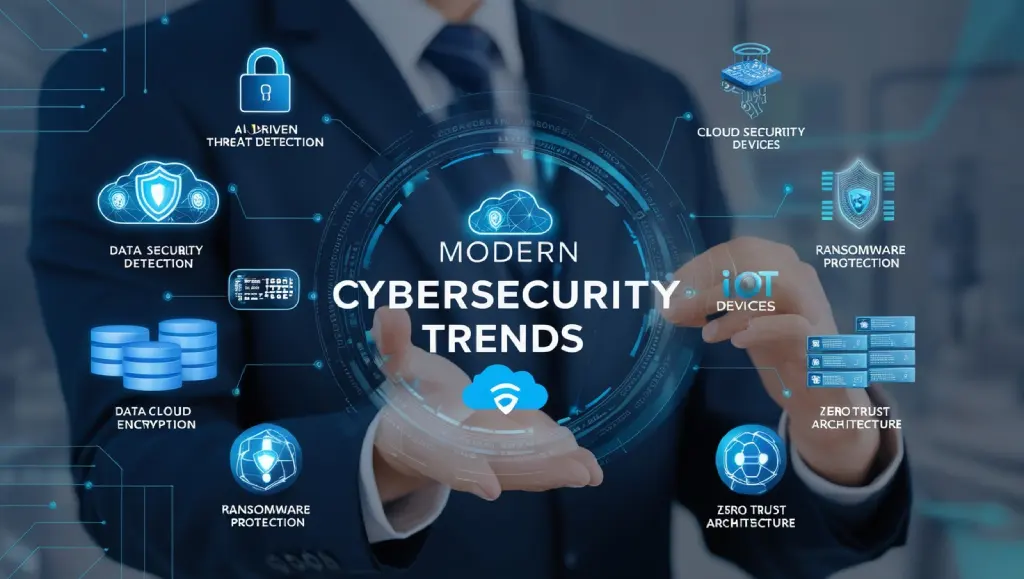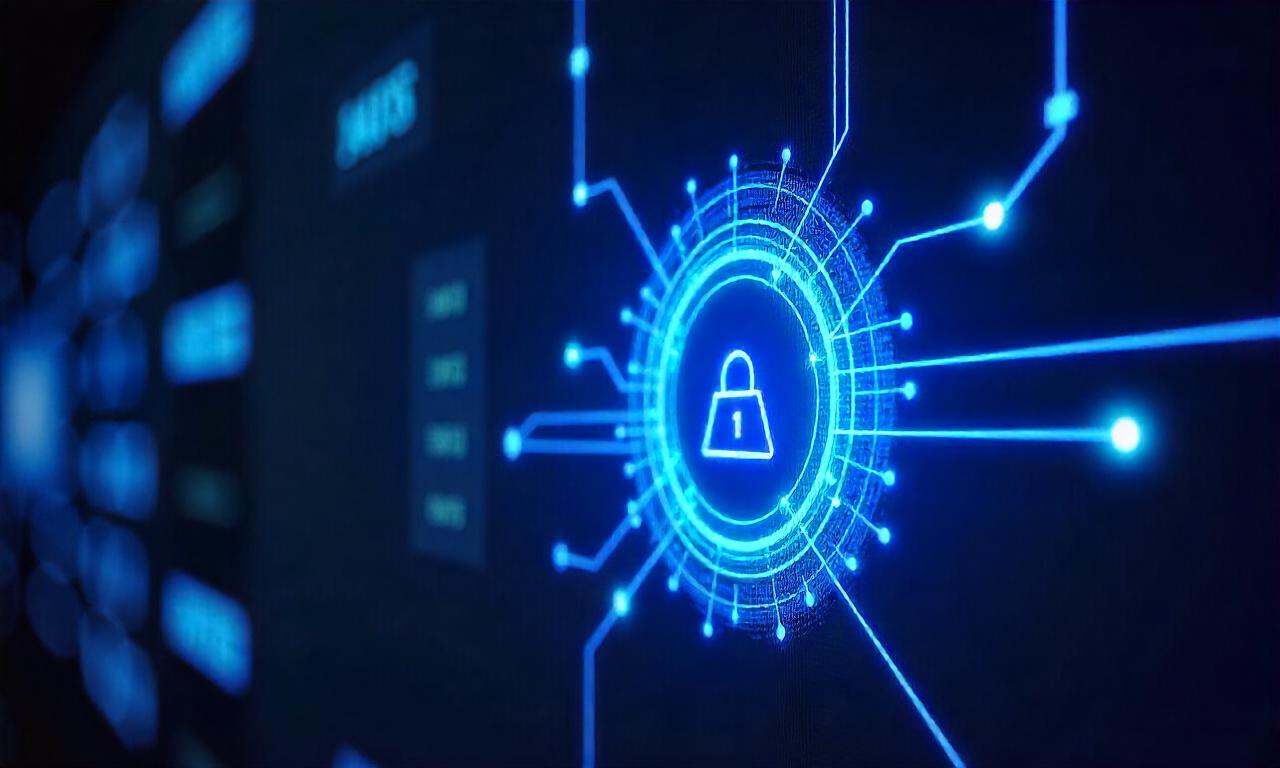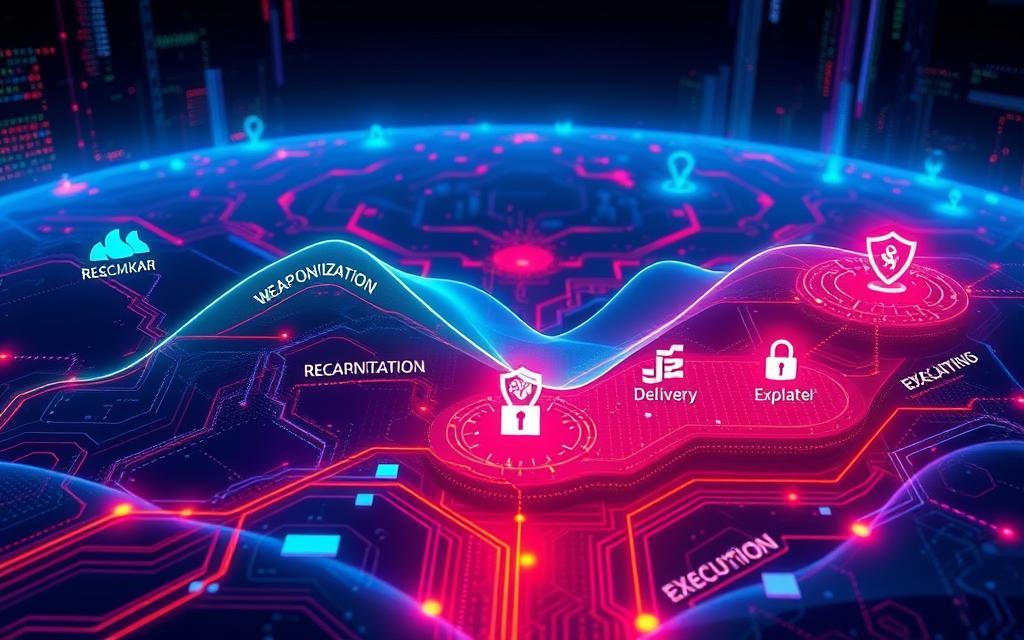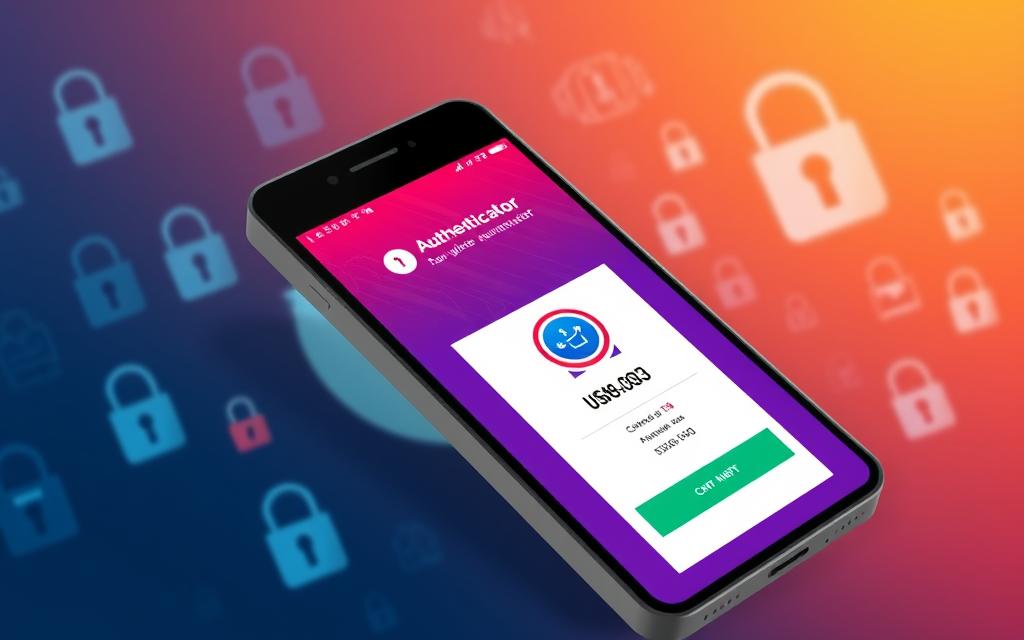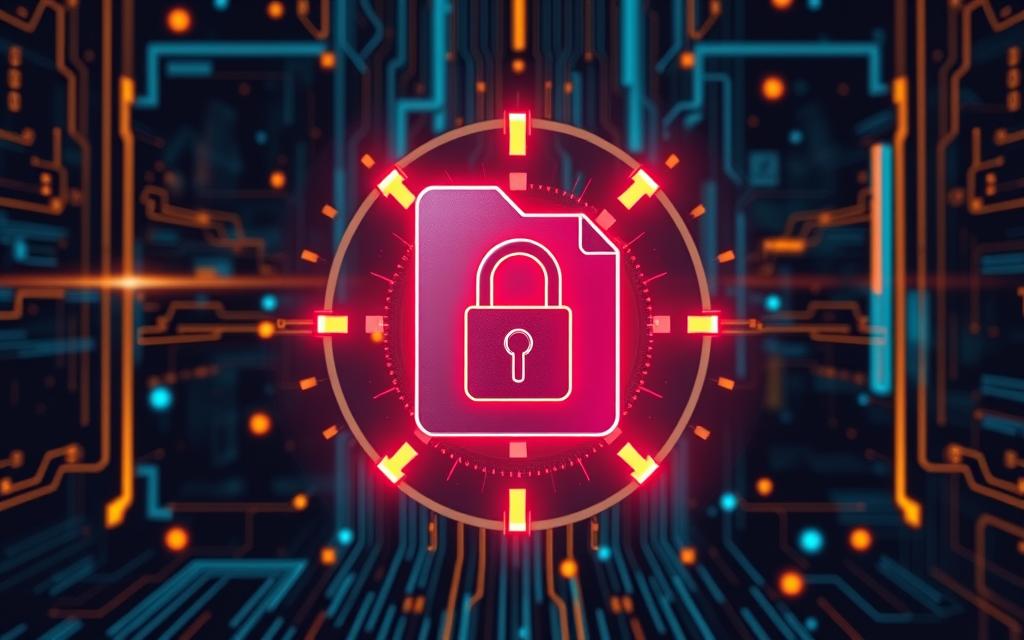Discover key 2024 cybersecurity trends to protect your data. Learn what’s new and how to stay secure. Click to stay ahead!
The digital landscape is rapidly evolving, and so are the threats that lurk within it. With businesses increasingly moving their operations online, the need for robust cybersecurity measures has never been more critical.
Cybersecurity trends are constantly shifting, driven by new technologies, emerging threats, and evolving user behavior.
So, what can we expect in 2024? This article explores the most significant cybersecurity trends to watch, why they matter, and how you can protect your business. Let’s dive in!
Table of Contents
ToggleWhy Cybersecurity Trends Matter in 2024
Cybersecurity isn’t just about protecting data; it’s about safeguarding trust, maintaining customer confidence, and ensuring business continuity.
The cost of cyberattacks is rising, and businesses of all sizes are potential targets. Hackers are getting more sophisticated, leveraging new tools, and exploiting vulnerabilities in ways we never thought possible. Understanding cybersecurity trends is crucial for businesses to stay one step ahead and protect their assets.
In 2024, cybersecurity isn’t just a “tech problem”; it’s a critical business concern. With the rise of ransomware attacks, data breaches, and privacy regulations, companies can no longer afford to be reactive.
They need proactive strategies to address these challenges, making it essential to stay informed about the latest cybersecurity trends.
Top Cybersecurity Trends
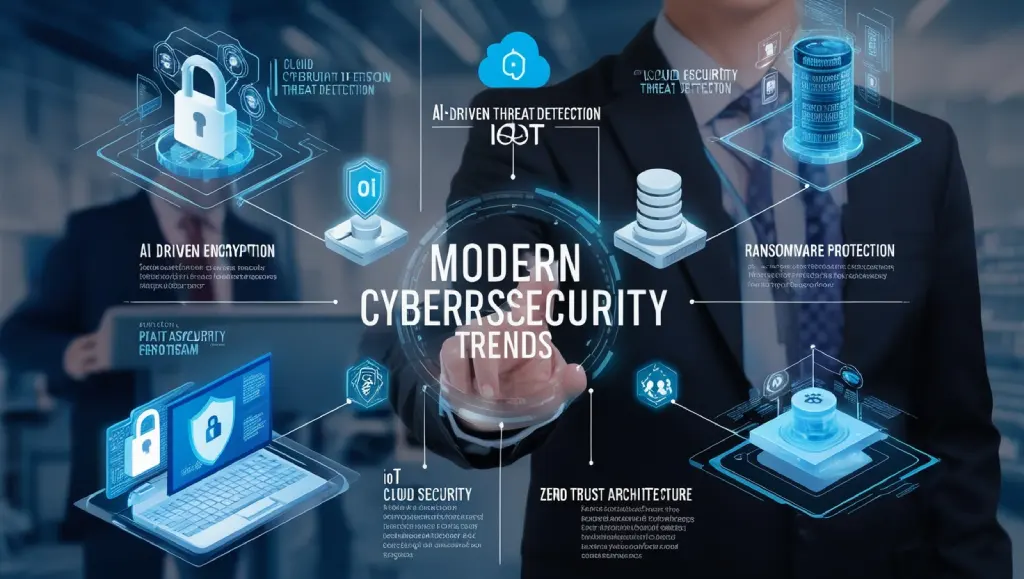
1. Increased Focus on AI and Machine Learning for Threat Detection
Artificial Intelligence (AI) and Machine Learning (ML) are no longer just buzzwords; they are game-changers in cybersecurity.
AI and ML help detect and respond to threats faster than ever, analyzing vast amounts of data to identify anomalies and predict potential attacks. In 2024, we expect to see more advanced AI-based solutions designed to combat sophisticated cyber threats.
- Why AI Matters: Traditional security methods rely on human intervention, which can be slow. AI can process large datasets quickly, identify threats in real-time, and reduce the risk of human error.
- Real-World Application: AI-powered tools can monitor network traffic and automatically block malicious activities, making it easier for businesses to protect themselves.
2. Rise of Ransomware as a Service (RaaS)
Ransomware as a Service (RaaS) is a growing concern. This model allows anyone, even those without technical skills, to launch ransomware attacks by purchasing ready-made kits from the dark web. This trend has made ransomware attacks more common, and the financial impact on businesses can be devastating.
- The RaaS Business Model: RaaS operates like a legitimate business, with customer support, subscription plans, and even profit-sharing models. This accessibility has led to a surge in attacks worldwide.
- Prevention Strategies: Businesses must invest in robust backup solutions, regular software updates, and employee training to mitigate the risks associated with RaaS.
3. Strengthening Cloud Security
As more companies migrate to cloud-based solutions, cloud security has become a top priority. The cloud offers flexibility and scalability, but it also introduces new vulnerabilities. Ensuring data security in the cloud requires a combination of encryption, access control, and regular security assessments.
- Why Cloud Security is Critical: A breach in a cloud environment can expose sensitive data and lead to significant financial losses. Cloud providers and customers must share responsibility for securing the environment.
- Best Practices: Implement multi-factor authentication, encrypt data at rest and in transit, and regularly audit cloud configurations to ensure they meet security standards.
4. Zero Trust Architecture Becomes the Standard
Zero Trust Architecture (ZTA) is based on the principle of “never trust, always verify.” It assumes that threats can exist both outside and inside a network, so no one is automatically trusted. This approach minimizes the risk of data breaches and unauthorized access.
- Why Zero Trust is Trending: Traditional perimeter-based security models are no longer sufficient. With remote work and cloud services, the network perimeter has essentially dissolved, making Zero Trust a more effective strategy.
- Implementing Zero Trust: Organizations should use multi-factor authentication, limit access permissions, and continuously monitor all network activity.
5. Emphasis on Data Privacy and Compliance
Data privacy has been a hot topic for years, but 2024 is set to take it up a notch. With new regulations like GDPR, CCPA, and other regional laws, businesses must ensure compliance to avoid hefty fines. Consumers are more aware of their rights, and companies need to be transparent about how they collect, store, and use data.
- Impact of Data Privacy Laws: Non-compliance can result in significant financial and reputational damage. Businesses need to invest in data protection strategies and privacy management tools.
- Key Considerations: Companies must regularly review their data handling practices, ensure data encryption, and provide clear privacy policies.
6. Enhanced IoT Security Measures
The Internet of Things (IoT) continues to expand, connecting devices across homes, offices, and industries. However, this connectivity also introduces new security challenges. Each connected device is a potential entry point for hackers, making IoT security a critical issue.
- Why IoT Security is Important: Many IoT devices lack built-in security, making them vulnerable to attacks. A single compromised device can provide access to an entire network.
- Securing IoT Devices: Businesses should implement network segmentation, regular firmware updates, and strong authentication mechanisms to protect IoT devices.
7. Cybersecurity Skills Gap and Demand for Experts
The demand for cybersecurity professionals is growing, but there is a significant skills gap. Companies are struggling to find qualified experts to manage and secure their digital assets. In 2024, we expect to see a push for more training programs and certifications to bridge this gap.
- Why the Skills Gap Matters: A shortage of skilled professionals can leave businesses vulnerable to attacks. Investing in training and upskilling is crucial for building a resilient cybersecurity infrastructure.
- Solutions to Consider: Encourage continuous education, provide certifications, and consider outsourcing cybersecurity tasks to managed service providers.
How to Prepare Your Business for These Trends
Preparing for the latest cybersecurity trends requires a proactive approach. Here are some steps businesses can take:
- Invest in Advanced Security Tools: Utilize AI and machine learning-based security tools for threat detection and response.
- Regularly Update Software and Systems: Ensure all software and systems are up-to-date to patch known vulnerabilities.
- Educate Employees: Conduct regular cybersecurity training to raise awareness about phishing scams, password security, and other common threats.
- Develop a Data Backup Strategy: Regularly back up data to prevent data loss during ransomware attacks.
- Partner with Cybersecurity Experts: Consider working with third-party experts to enhance your security posture.
Conclusion
Cybersecurity trends in 2024 highlight the importance of staying vigilant, proactive, and informed. With evolving threats like RaaS, the need for robust cloud security, and the rise of AI-driven solutions, businesses must prioritize cybersecurity to protect their assets and maintain customer trust. By understanding these trends and preparing for them, you can safeguard your business in the digital age.
Want to stay updated on the latest in cybersecurity? Check out cybersecarmor.com for expert insights, tips, and the best security solutions.

